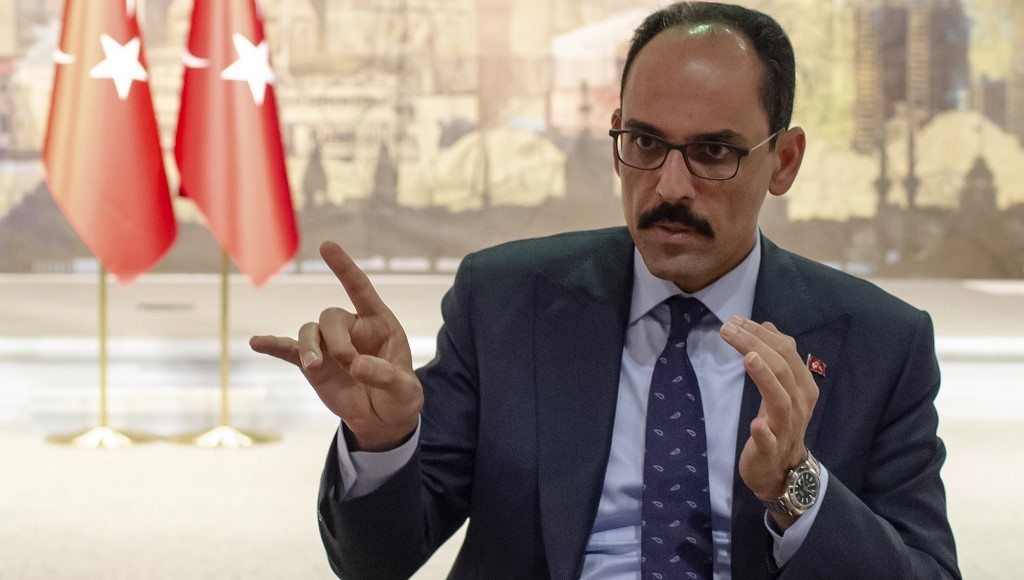In remarks that contradicted those of Turkish Defense Minister Hulusi Akar, an aide to President Recep Tayyip Erdoğan has said the country does not plan to make only rare use of a Russian air defense system, the purchase of which strained Turkey’s relations with its NATO allies, the US in particular.
In remarks that signaled a softening of Turkey’s insistence on using the Russian S-400 air defense system, Akar said last month that Turkey could keep the system for rare use like Greece, which has a similar system on Crete, and not use it frequently.
However, İbrahim Kalın, a spokesperson for Erdoğan, said in remarks published in the pro-government Sabah newspaper on Tuesday that Akar’s remarks were “somewhat distorted” and that Turkey does not have such a “formula” to use the S-400s like the Crete model.
“Even though different interpretations have been made, our minister [Akar] did not mean any such thing. This issue has been somewhat distorted,” said Kalın, adding that it is out of the question for Turkey to take a step back in its decision to use the Russian missile defense system.
Kalın also said no telephone call has yet been scheduled between Erdoğan and new US President Joe Biden.
Despite warnings from the United States and other NATO allies, President Erdoğan brokered a deal worth $2.5 billion with Russian President Vladimir Putin for the S-400 missile system in 2017.
The S-400, a mobile surface-to-air missile system, is said to pose a risk to the NATO alliance as well as the F-35, America’s most expensive weapons platform.
When asked, “Could the S-300s in Crete be a model for Turkey’s use of the S-400s?” Akar said last month: “Yes, it can. This issue is not limited to only the S-300s in Crete. Many European countries that were earlier members of the Warsaw Pact still own weapons systems from the Soviet era. These weapons can be retained in NATO. We mentioned this before. We are open to negotiations about the use of the same model they have in Crete.”
The S-300 system was initially purchased by Cyprus in the mid-1990s and was later moved to the Greek island of Crete following objections from Turkey.
In 2013 the Greek armed forces test-fired the S-300 system for the first time since it was procured by Cyprus 14 years earlier.
Akar said talks on the adoption of the “Crete model” for Turkey could take place under auspices of NATO, adding that NATO Secretary-General Jens Stoltenberg had already welcomed the idea. However, Akar said the US had objected to the establishment of a working group with Turkey to discuss the potential effects of the S-400 on NATO’s defense systems.
Washington says the S-400s pose a threat to its F-35 fighter jets and NATO’s broader defense systems. Turkey rejects this and says the S-400s will not be integrated into NATO.
Akar also said the US objections to the S-400 missile system are based on commercial concerns because it doesn’t want other countries to follow Turkey in purchasing the Russian air defense system.
When asked about Greece’s rare use of the S-300 system as it most of the time keeps the system’s components in warehouses in Crete, Akar said: “We would not always use them. Such systems are used when there is a threat. We will decide about that.”

